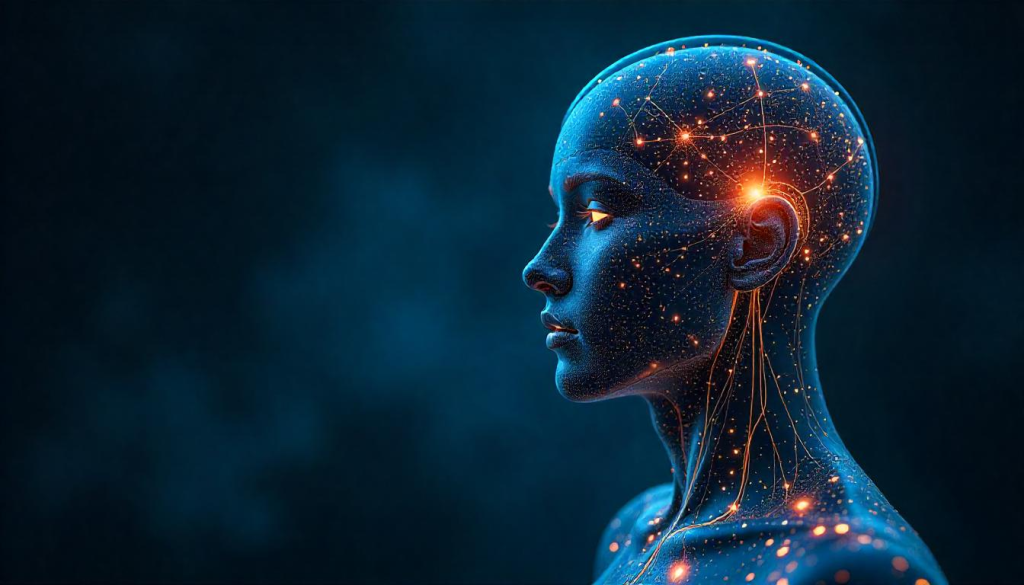Artificial Intelligence (AI) has come a long way in the last few decades. From simple chatbots to advanced language models like ChatGPT, AI is now able to perform tasks that once seemed purely human. But a big question still lingers in the minds of many: Has AI passed the Turing Test? In this article, we’ll explore what the Turing Test is, why it matters, how modern AI stacks up, and whether or not we can confidently say AI has passed this famous test.

What is the Turing Test?
The Turing Test was introduced by British mathematician and computer scientist Alan Turing in 1950. In his paper “Computing Machinery and Intelligence,” he asked the now-famous question: “Can machines think?” Turing proposed a practical way to answer this question. He suggested a test where a human judge communicates with both a machine and another human through text. If the judge cannot reliably tell which is which, the machine is said to have passed the test. The idea was that if a machine could successfully imitate human responses, it could be considered intelligent.
Why is the Turing Test Important?
The Turing Test has become a symbolic milestone in AI development. It’s not just a test of technology, but a reflection of how we define intelligence, communication, and even consciousness. Passing the Turing Test implies that an AI can hold a conversation as naturally as a human, which opens up possibilities—and ethical questions—about the role AI can and should play in our lives.
Has Any AI Passed the Turing Test?
The answer is not black and white. Over the years, several AI programs have claimed to pass the Turing Test, at least in limited conditions.
1. ELIZA (1960s)
One of the earliest AI programs, ELIZA, mimicked a therapist by turning user inputs into questions. Though primitive, many users were amazed by it at the time. Still, it was not truly intelligent—it just followed clever rules.
2. Eugene Goostman (2014)
In 2014, a chatbot named Eugene Goostman simulated a 13-year-old Ukrainian boy and convinced 33% of judges in a Turing Test competition that it was human. Some media outlets declared it a win, but many experts pointed out flaws. It relied on tricks like language gaps and age to explain away odd responses. So while it “fooled” people, it wasn’t a general-purpose AI.
3. Modern AI: GPT, ChatGPT, Bard, Claude, etc.
Today’s AI models, especially OpenAI’s ChatGPT, Google’s Bard, and Anthropic’s Claude, are far more advanced. They can engage in long conversations, tell stories, write code, and answer questions with stunning fluency. Many users report being surprised by how “human” these models feel. But does that mean they’ve passed the Turing Test? Not officially.
Why It’s Complicated
Even if a language model like ChatGPT can convince a person it’s human during a conversation, the question isn’t settled. Here’s why:
1. Human Bias
Sometimes, users want to believe the AI is human. This emotional bias can make it easier for AI to “pass” the test even when it makes errors that no human would make.
2. No Standard Conditions
There’s no single version of the Turing Test. Different setups produce different results. One person might find the AI convincing, while another doesn’t.
3. Short-Term Success
Many AI models can appear human in brief conversations, but as the interaction goes deeper, they often break character, make factual errors, or give robotic answers.
Is Passing the Turing Test Even the Goal Anymore?
Interestingly, many modern AI researchers are no longer obsessed with passing the Turing Test. Why? Because the test focuses on mimicry rather than understanding. An AI can seem smart without actually thinking.
Instead, researchers focus on:
-
Reasoning ability
-
Factual accuracy
-
Context understanding
-
Ethical alignment
-
Human-AI collaboration
Some argue that we should move past the Turing Test and build AI that helps us—not just imitates us.
Can AI Truly “Think”?
Even if an AI fools someone in conversation, does that mean it is thinking like a human? Not really. Current AI models, including this one, do not have consciousness, self-awareness, or emotions. They work by analyzing patterns in massive amounts of data and predicting likely responses. That’s very different from human thought. So, while AI may act as if it thinks, it doesn’t understand what it says. It has no beliefs, desires, or sense of the world. That’s why most experts agree: today’s AI has not truly passed the spirit of the Turing Test.
What Does the Future Hold?
AI is improving rapidly. In a few years, it might be hard—if not impossible—for most people to tell the difference between AI and human in a conversation. But that raises serious questions:
-
Should AI be required to disclose it’s a machine?
-
How do we protect against AI used for deception?
-
What rights, if any, should advanced AI have?
Passing the Turing Test might not be the final goal, but it could mark a turning point in how we interact with machines—and how we view ourselves.
Conclusion
So, has AI passed the Turing Test? The honest answer is: not yet in a general, reliable way. Some AI can fool some people some of the time, but consistent, believable, and fully human-like interaction across all topics and depths is still out of reach. However, we are closer than ever, and the line between human and machine communication is becoming more blurred each day. As AI continues to evolve, we may need new tests—more meaningful than Turing’s original—to truly measure intelligence and understanding. For now, AI remains a powerful tool, a fascinating companion, and a window into the possibilities of our technological future.